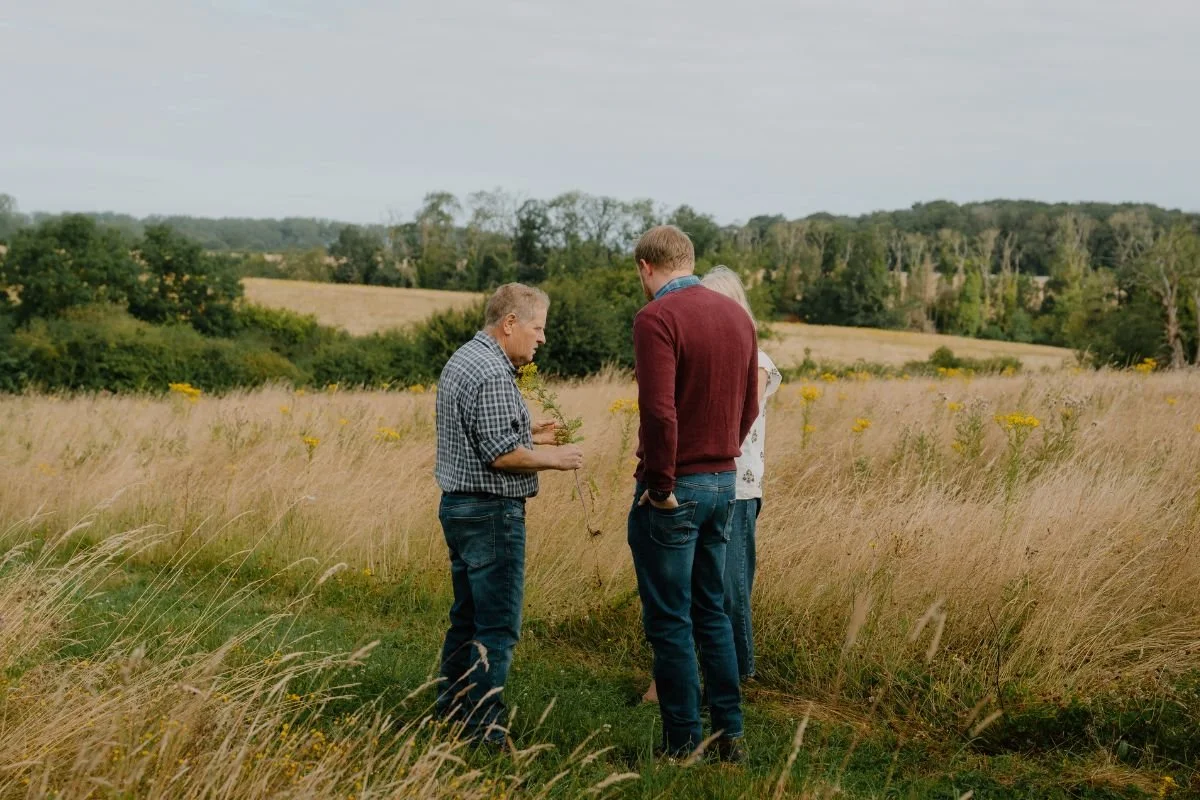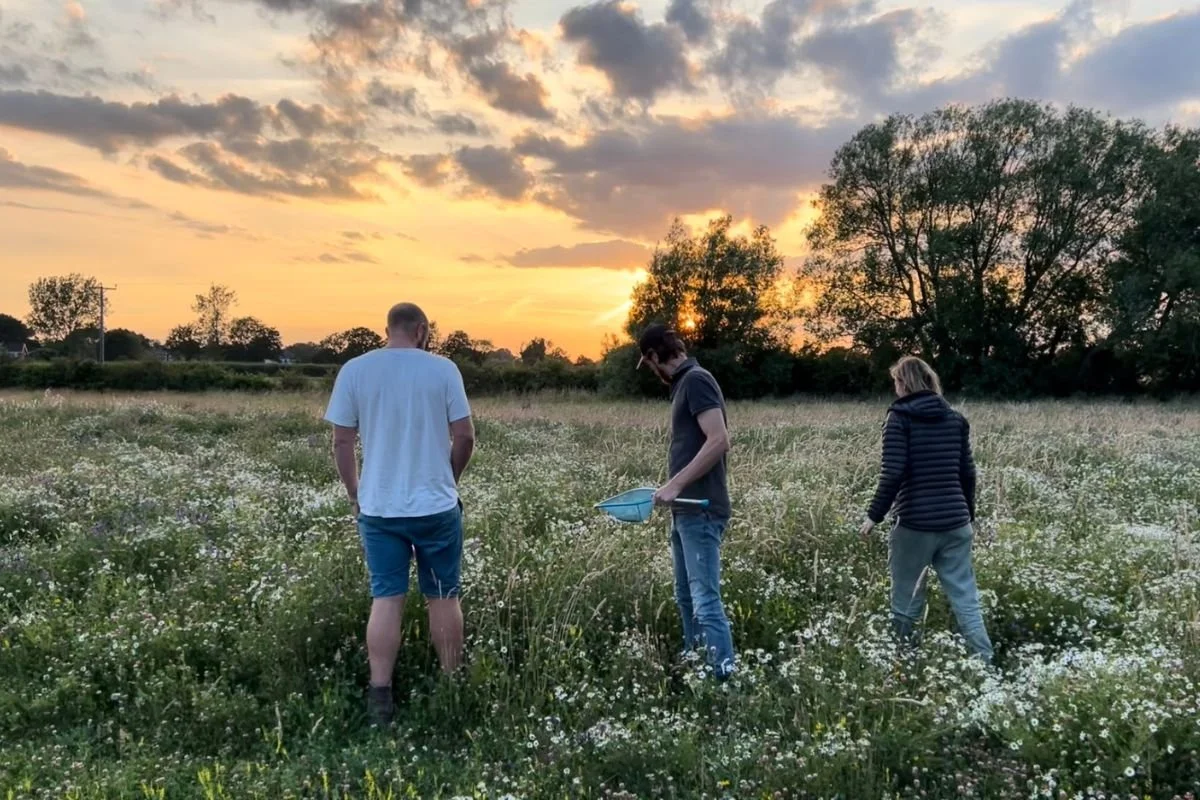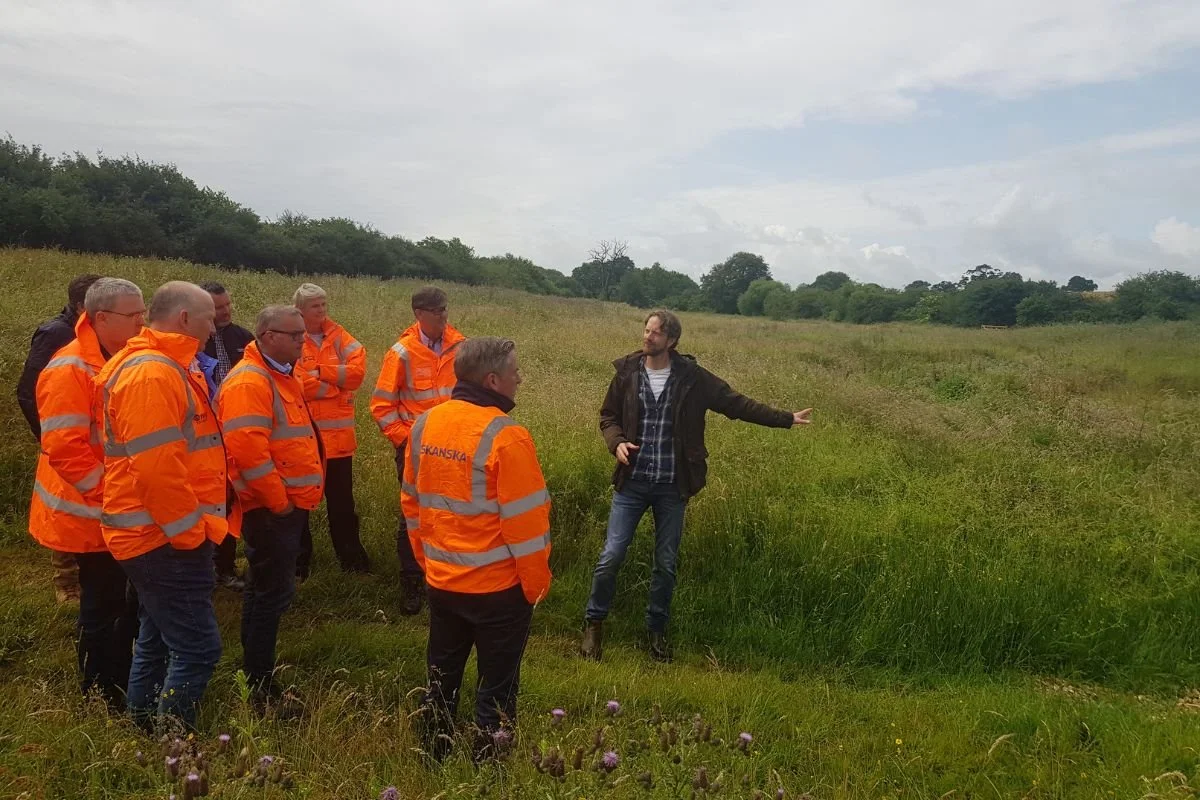A practical guide to Biodiversity Net Gain: 5 important things to know
With Biodiversity Net Gain (BNG) now mandatory for most planning applications across England, it’s vital that developers, landowners and local planning authorities understand the practicalities of how it all works.
Here’s a quick rundown of the most important things to know.
1. BNG is a legal requirement – it’s not optional
As of February 2024, nearly all new developments in England must deliver at least a 10% improvement in biodiversity. In other words, new developments must leave nature in a measurably better state than it was before work began.
Unless your development is exempt, you’ll need to demonstrate from the very first stages of your planning application that the project will deliver this 10% uplift compared to the pre-development baseline.
BNG is mandated under the Environment Act 2021 and is required for planning permission, so there’s no ignoring it.
(It works slightly differently in Wales and Scotland: BNG is not legally mandated but is a key consideration for new developments.)
Key takeaway: Factor in BNG at the very start of your project and treat it like any other statutory requirement (such as drainage or access).
New developments must now leave nature in a measurably better state than it was before work began.
2. BNG is measured using a standard metric
BNG uses the government’s Statutory Biodiversity Metric (currently v4.0), which assigns value to habitats, measured in ‘units’. This ensures that wherever you are in England, biodiversity is measured in the same way.
The metric considers many factors, including habitat type, condition, size, distinctiveness and importance. You’ll need a ‘competent person’ like an ecologist to use the metric tool. The local planning authority may reject your calculations if they don’t believe you had an expert on board.
Ultimately, the metric will give you a baseline number of units the habitat contains before any development takes place. It will also tell you the number of units needed to replace what will be lost and achieve 10% BNG.
Key takeaway: You need an ecologist to run the metric – don’t try to wing it. Budget and plan for this from the start.
3. BNG must follow the ‘mitigation hierarchy’
The mitigation hierarchy is all about minimising negative impacts on biodiversity during development before considering any ‘offsetting’ (creating or enhancing habitat elsewhere).
The BNG process requires you to:
Avoid habitat damage where possible and steer clear of ecologically valuable areas, e.g. choosing a different site or layout, or reducing the footprint
Minimise unavoidable impacts, e.g. by adjusting construction methods or access routes, protecting tree roots or nesting sites
Restore what was damaged during development, e.g. replanting hedgerows, reseeding wildflower meadows
Offset any remaining impacts by creating or enhancing habitat elsewhere if on-site solutions aren’t enough to deliver the 10% net gain.
Many projects simply don’t have the space or ecological potential to achieve the required improvements. This is where purchasing biodiversity units from external landowners or habitat banks (like Wendling Beck) can be used.
As a last resort, you can buy government-issued credits that help fund biodiversity projects nationally.
Following this hierarchy is a legal expectation and is key to gaining planning approval.
Key takeaway: Maximise on-site gains, which is the most sustainable and affordable option. If that’s not possible or enough to meet your BNG target, look at off-site solutions outside the development boundary or buying off-site biodiversity units.
The mitigation hierarchy is all about minimising negative impacts on biodiversity during development before considering any ‘offsetting’ (creating or enhancing habitat elsewhere).
4. BNG is a 30-year commitment
BNG is a legally binding obligation to maintain and enhance biodiversity gains, either on-site or off-site, for a minimum of 30 years after their creation or enhancement. This will be set out in a legal agreement.
This ensures that the biodiversity value post-development is not only increased by at least 10% but also sustained over the long term.
If you buy off-site units, you’re paying a land manager to manage the land for 30 years.
Key takeaway: BNG is not simply a box to tick at the planning stage. You must factor BNG into your long-term site management, legal agreements and costs.
BNG is a legally binding obligation to support biodiversity gains for a minimum of 30 years after their creation or enhancement.
5. BNG can add real value – it’s not just a hoop to jump through
Well-integrated BNG can enhance property value, boost your Environmental, Social & Governance (ESG) credentials and improve site appeal through green spaces and nature-based landscaping. It also helps create healthier, more desirable places to live and work.
BNG isn't just policy, it's part of the wider sustainability narrative investors now expect.
Key takeaway: With buyers becoming increasingly eco-conscious, BNG done well can give you the edge in a competitive market, boosting your brand and reputation.
Wendling Beck: a fully managed off-site solution
Wendling Beck offers a practical way for developers and planning authorities to achieve their BNG targets off-site.
As one of Natural England’s BNG pilot projects, Wendling Beck has been rigorously assessed and approved as a provider of off-site biodiversity units that meet current policy standards. It is bound by a Conservation Covenant, overseen by our Responsible Body RSK Biocensus.
Investors and developers can be confident that the habitats they are funding are legally compliant and managed by a team committed to long-term care.
Our biodiversity units are backed by both mandatory and enhanced MRV (monitoring, reporting and verification) processes that maintain transparency over the full 30-year period.
If you’re a developer or landowner looking to explore the BNG market, or need help meeting BNG requirements, we’re here to help.
For more insights, check out our other news and blog articles, including ‘How BNG Projects Improve Water Quality and Restore Soil Health’ and ‘What is Biodiversity Net Gain? Exploring Nature Markets’, and to speak with a member of the Wendling Beck team, please get in touch via our enquiry form.



